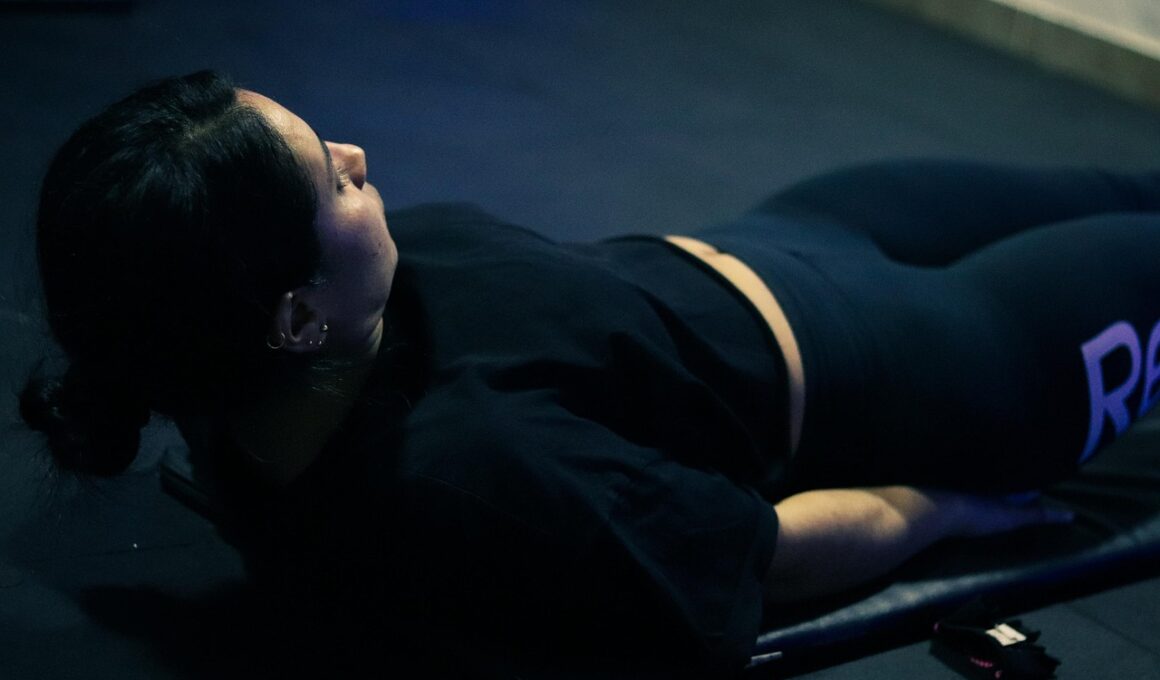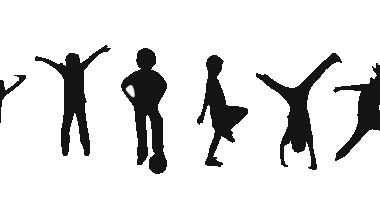Explosive Core Movements to Improve Tennis Agility
For tennis players, core strength is crucial because it supports almost every action during matches. The trunk’s stability, strength, and power lead to explosive movements on the court, including serving and sprinting. By focusing on core exercises that enhance agility, athletes can significantly improve their overall gameplay. Agility necessitates rapid changes of direction, something reliant on a strong core. Movements such as twisting and lunging engage various muscle groups central to core strength. With regular training, players can achieve remarkable results, translating the strength developed through exercise into improved performance during matches. Moreover, injury prevention becomes a priority, as a solid core can stabilize the body while executing high-stress maneuvers. Specific exercises targeting the transverse abdominis, rectus abdominis, and obliques are particularly beneficial. Incorporating explosive movements into training regimens not only enhances performance but also aids in maintaining balance and coordination. This preparation can lead to a decreased risk of injuries, as such movements enable players to react swiftly and efficiently during games, increasing both confidence and effectiveness on the tennis court.
One highly effective explosive core exercise is the medicine ball Russian twist. To perform this exercise, begin by sitting on the floor with knees bent, feet elevated. Hold a medicine ball with both hands, leaning slightly back while maintaining a straight back. The goal is to pivot from side to side, tapping the ball on the floor beside your hip each time. This action engages the oblique muscles, which are pivotal for rotational movement in tennis. As you become more comfortable, increase the speed of your twists or incorporate a heavier ball for added resistance. This can enhance your ability to rotate explosively while maintaining core stability. Additionally, ensuring that your legs remain elevated during the rotation challenges your balance and encourages greater core engagement. While persevering with this exercise routine, focus on your breathing to optimize your core engagement, paying attention to how your movements feel. Engage the core throughout and feel every muscle working. Additionally, it is crucial for players to rotate their torsos without shifting their lower body to glean the full benefits of the exercise, fostering better practices on the court.
Another excellent addition to your core routine is the plank with shoulder taps. This bodyweight exercise targets both the core and shoulders, providing stability necessary for tennis. To perform, start in a plank position with your arms straight and feet shoulder-width apart. Once stable, lift one hand to touch the opposite shoulder, alternating sides, while keeping your hips as still as possible. This challenge to your balance reinforces core stability, key for agility when hitting groundstrokes or volleys. To increase the intensity, try performing the exercise on an unstable surface, such as a stability ball or BOSU ball. These variations force your core to engage even more to maintain balance. Consistency in performing shoulder taps can improve your reaction time on the court. Furthermore, integrating this exercise into your training routine prepares your body to remain stable during rapid lateral movements. Train your core by aiming for a specific number of reps or a time limit, gradually increasing it as your stability improves. In addition to improving core strength, this exercise helps with preventing tennis injuries thanks to enhanced stabilization throughout gameplay.
Plyometric Exercises for Explosive Power
Plyometric exercises also significantly contribute to developing explosive core strength and overall agility in tennis. Box jumps are a popular choice for athletes, requiring a combination of lower body power and core engagement. Begin by standing in front of a sturdy box or platform and ensure you have the correct jump technique. Bend your knees slightly and swing your arms to gain momentum, jumping upwards until both feet land on the box. This powerful movement not only strengthens your legs but also engages your core to stabilize your body as you land. Focus on using your arms while jumping to facilitate additional explosive power. As you progress, consider increasing the height of the box or adding variations like lateral box jumps. The explosive nature of box jumps translates well into tennis, enhancing your capacity to react swiftly to opponents’ movements. Regular practice allows you to develop not only strength but also agility, fundamental for a successful performance on the court. Focusing on landing softly will also help decrease the risk of injury caused by abrupt, forceful landings after your jump.
Another plyometric exercise beneficial for core strength is the burpee. To execute a burpee, start in a standing position, then drop to a squat, placing your hands on the ground and jumping your feet back to a plank. Execute a push-up, if possible, before jumping your feet back towards your hands. Explode upward into a jump, raising your arms above your head, and land softly to complete the move. Burpees engage multiple muscle groups like your core, legs, and arms while simultaneously promoting cardiovascular endurance. This combination of explosive movements helps tennis players improve their ability to move quickly around the court. Practicing burpees can also be an efficient way to combine core and aerobic conditioning into a single workout. To increase the intensity, try adding a tuck jump once you reach the vertical leap, bringing your knees up towards your chest. As with any explosive exercise, remember to maintain proper form to avoid injury and maximize benefits. Building up to a set number of reps can enhance core strength while providing a significant conditioning boost, leading to overall athletic improvements.
Advanced Core Training Techniques
Incorporating advanced techniques into your core training can further amplify explosive strength essential for tennis. One increasingly popular approach is the use of stability balls in dynamic workouts. Conducting regular exercises with a stability ball engages various core muscles while improving balance and coordination. For example, try performing a stability ball roll-out, starting in a kneeling position with your hands on the ball, rolling it away until your body becomes a straight line from head to knees. Engage your core as you pull the ball back towards you, ensuring to focus on maintaining proper form. Including lateral movements using a stability ball can also enhance your agility on the court. Movement drills, like sprints or shuffles while holding a ball, can train your core to stabilize effectively during quick lateral actions common in tennis play. These exercises require additional workload on the core, building both strength and endurance. Integrating stability ball exercises into your drills can create a fun challenge while targeting core muscles critical for agility. Remember to maintain focus on breathing to enhance core contraction and overall body control throughout these movements.
For a complete core workout focused on explosiveness, consider resistance band exercises. Resistance bands are versatile training tools that effectively enhance core activities through resistance. One recommended exercise is the standing trunk twist. To perform this movement, anchor the resistance band to a stable object at waist height. Stand perpendicular, holding the band with both hands and extending your arms forward. Twist your torso away from the anchor point and return to the starting position, maintaining tension throughout the set. This exercise mimics the rotational aspects of tennis while improving core strength. Alternating sides can also provide a balanced workout that engages your entire core. Integrating band exercises can improve explosive power thanks to the added resistance, essential for successful strokes and serves. Players can also adjust the resistance level by using bands of varying thickness to gradually increase complexity and strength. Regularly practicing resistance band workouts enhances overall body performance and specifically cultivates strength needed for lateral movements. Adapting these exercises into your training routine promises substantial benefits on the court, improving agility and overall gameplay during matches.


